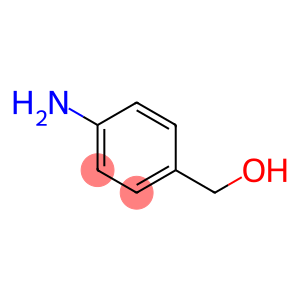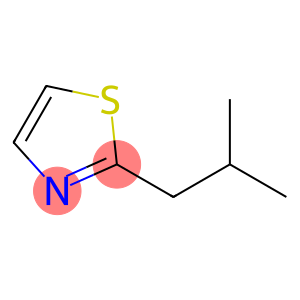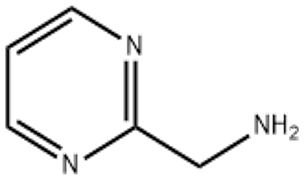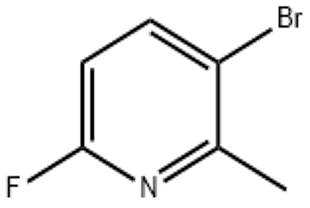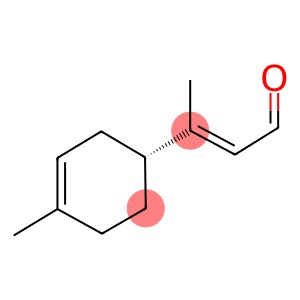4-Aminobenzyl alcohol(CAS#623-04-1)
| Risk Codes | R36/37/38 – Irritating to eyes, respiratory system and skin. R20/21/22 – Harmful by inhalation, in contact with skin and if swallowed. |
| Safety Description | S26 – In case of contact with eyes, rinse immediately with plenty of water and seek medical advice. S36 – Wear suitable protective clothing. S37/39 – Wear suitable gloves and eye/face protection |
| WGK Germany | 3 |
| FLUKA BRAND F CODES | 4.7-8-10-23 |
| HS Code | 29221990 |
| Hazard Note | Irritant |
Introduction
Aminobenzyl alcohol, also known as benzamide or benzolamine. The following is an introduction to its nature, use, manufacturing method and safety information:Quality:Aminobenzyl alcohol is a colorless, transparent liquid with an aromatic odor. It is soluble in water, ethanol and ether solvents, but slightly soluble in petroleum ethers. It has a density of 1.084 g/cm³.Use:Aminobenzyl alcohol has a wide range of applications in the chemical industry. It can also be used as a catalyst, growth regulator, and petroleum additive, among others.Method:The preparation of aminobenzyl alcohol can be obtained by the reaction of benzoic acid with ammonia. The specific step is to heat and react phenylacetic acid with ammonia, and then distill and crystallize to purify the pure product.Safety Information:Avoid contact with skin, eyes, and respiratory tract. Wear protective gloves, goggles and protective masks during operation.Avoid reacting with oxidants, acids, and strong bases to avoid danger.To avoid contact with air during storage, use inert gas for sealed storage.In case of accidental inhalation or accidental ingestion, the patient should be immediately moved to fresh air for urgent medical attention.


